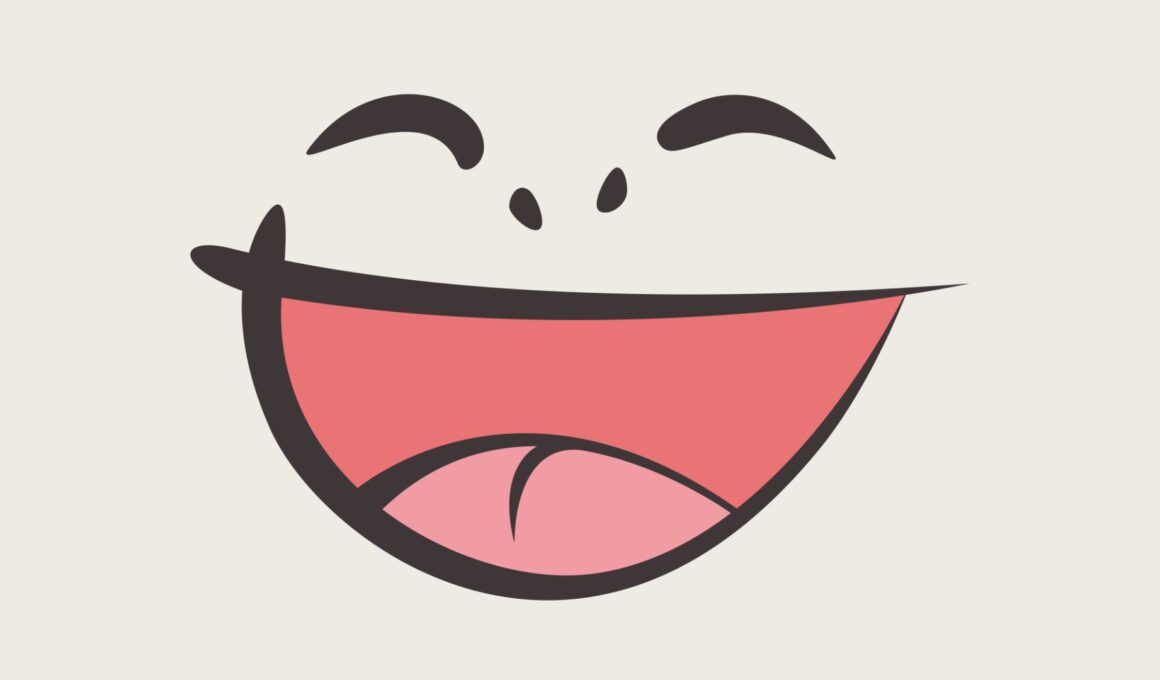You may have heard the saying ‘laughter is the best medicine’, and while most of us would agree that laughter certainly often makes us feel better, few of us probably took this so literally as to actually think it could be prescribed as a form of medicine…
However, while your doctor is admittedly unlikely to recommend you to laugh away your aches and pains, you might be surprised to learn that ‘therapeutic laughter therapy’ is nevertheless a form of therapy that many people subscribe to and find very helpful. Here we will look at what it is and how it works.
Types of Laughter Therapy
Actually there are various forms of laughter and therapy and there are various schools of thought that have happened upon the positive influences of a hearty laugh.
Humor Therapy
One popular form is known as ‘humor therapy’ which involves group sessions that use humorous materials such as books, shows, movies, stories, cartoons and more in order to stimulate laughter. At the same time the practitioners are then encouraged to discuss their own humorous experiences and to dissect what it was they found funny about them etc and this is overseen by a clinician. While humor therapy can help participants to forget their troubles and help to promote positive emotions, a weakness of the process is that difficulty can be found in finding materials that everyone in the group find funny. The problem is that humor is a very personal thing and different people will find different things funny. Other people have difficulty laughing in such settings if they feel ‘forced’ or self conscious. The clinician meanwhile must be sensitive enough to make the distinction between laughing ‘with’ clients and laughing ‘at’ them.
Laughter Therapy
Laughter therapy is a slightly different form of therapy where the clients are treated on a more individual basis. Here the clinician will find the clients’ specific ‘laughter triggers’ which are the things that make them laugh. This will then be used to build a ‘humor profile’ and the patient will be taught basic exercises that can help to teach the individual the importance of relationships and social support while providing them with laughter as a ‘tool’ to help them deal with emotional stress.
Laughter Meditation
While it is not a form of therapy, a related process is ‘laughter meditation’. Here the individual is taught something similar to regular meditation, but the goal is to achieve laughter and to focus on the moment. The process involves stretching, laughing or crying along with a meditative silence. Many people however struggle to cause spontaneous laughter or crying and cannot laugh without the use of stimulation.
Laughter Yoga
Laughter yoga is again similar to its traditional counterpart and involves a combination of breathing with yoga, stretching and laughter. Laughter exercises last around 30 to 45 minutes and this is then used as both a psychological tool and a form of exercise. Laughter clubs are laughter yoga but practiced in a club format. Again some people struggle with the concept of ‘forced’ laughter.
Benefits of Laughing
Of course these forms of laughter therapy are reliant on the benefits of laughter and on its therapeutic effects. Freud postulated laughter as a ‘relief’ of ‘psychic energy’ and tension and this is where the origins of laughter as a form of therapy lie. This was Freud’s explanation for how we can use laughter as a coping method for anger or sadness and many would agree that laughter can indeed be used as great stress relief. It’s not uncommon to hear people say they’ve ‘got to laugh, or else [they’d] cry’.
Recent studies have since demonstrated a physical link between laughter and health – both physical and psychological. These include for instance the fact that laughing can help to activate the ventromedial prefrontal cortex – the part of the brain that produces endorphins (AKA the ‘happiness hormones’). In this sense laughter can be used as a form of antidepressant that’s natural and that doesn’t have any negative side effects. This makes it useful as a way to treat yourself for depression and other conditions. Endorphins are also analgesics and can this way help to lessen physical pain.
Likewise laughter has the benefit of increasing blood flow. It achieves this by causing the dilation of the inner lining of the blood vessels which lowers blood pressure and increases blood flow. Thus laughter therapy could in theory be used in order to treat heart conditions and high blood pressure. At the same time laughter has been shown to help reduce the stress hormones of ‘cortisol’ and ‘epinephrine’ which would further cause it to improve our mood and to help reduce high blood pressure.
Laughter also increases the number of antibody producing cells and increases the effectiveness of T-cells and through this mechanism it is able to improve the immune system and help to prevent various conditions. Lastly laughter is also a great workout, and if you’ve ever laughed so hard your stomach hurts then you’ll know just how good it can be for your abdominal muscles.
Conclusion
Unfortunately many people struggle with forced laughter classes and therapy and find the idea somewhat contrived. However there is certainly a take home message here that reminds us how important it is to laugh once in a while. If you’re feeling ill or tired, then often the very best thing you can do is to watch a funny film or to spend some time with a funny group of friends. If you can nurture the ability to take life with a pinch of salt and to take things a little less seriously, then you will often find that life is a lot more enjoyable as a result.




